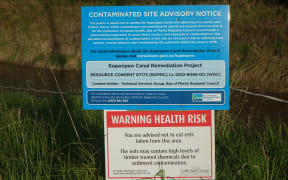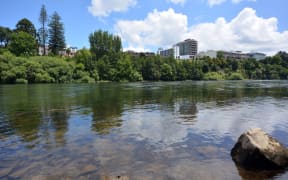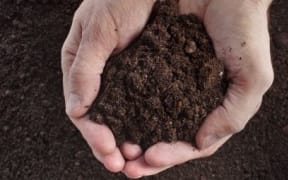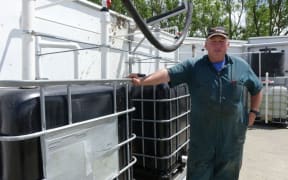New Zealand's most toxic site is to be cleaned and reopened, but will be safe to visit for only an hour a day.
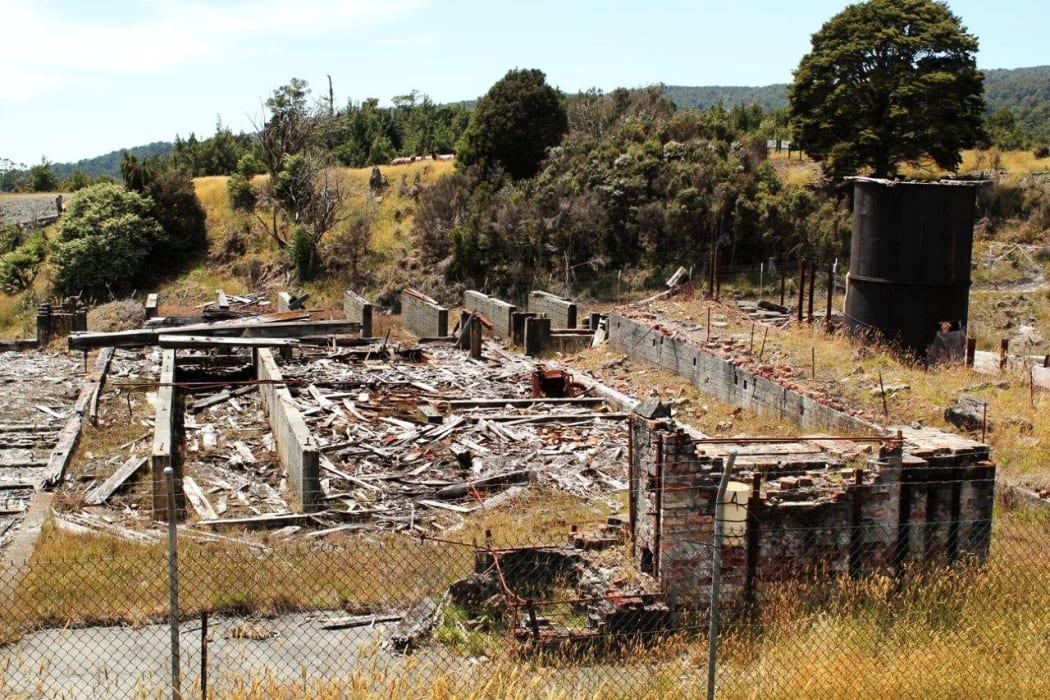
Prohibition Mine at Waiuta on the West Coast is rated as the most toxic site in New Zealand Photo: Suplied / DOC
An RNZ Insight investigation has found the Prohibition Mine has been given the government's top priority because of its level of arsenic.
View the full investigation into New Zealand's Most Poisoned Places
The former gold mine at the ghost town of Waiuta on the West Coast lay open for 60 years with concentrations of arsenic at 5000 times the safe human limit.
The danger was discovered a decade ago, but it has taken until now for the Department of Conservation to act.
Its West Coast operations director Mark Davies told Insight a $3 million clean-up would begin next month, but there would be safely limits recommended once it reopened.
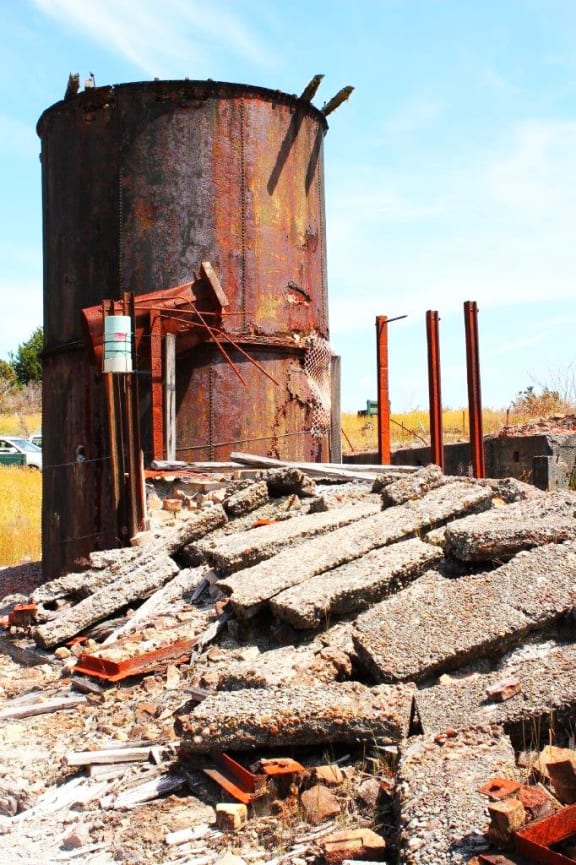
A condensing tower at, NZs most toxic site, the historic Prohibition gold mine at Waiuta on the West Coast Photo: Suplied / DOC
Mr Davies said people of all ages would be safe for an hour a day, but would be advised not to camp or eat their lunch there.
DoC said it would have a team of 10 people working through the winter for 12 weeks on the project.
Its plan was to remove the worst material to a secure landfill, and bury much of the rest at the site.
The danger was first discovered a decade ago by Otago University geology professor Dave Craw and his students, but it has taken until now for DoC to act.
Professor Craw said they had eaten their lunch at the site then, and would not do that now.
He said the site was not technically contaminated by an outside chemical because the arsenic was naturally occurring with the gold, and was brought to the surface during the mining process.
But he said he was glad it would be cleaned up because there was a lodge at Waiuta where young people stayed, and the risk was real enough.
Canada's former Giant Mine at Yellowknife had similar concentrations of arsenic but thousands of times more of it, he said.
The clean-up was expected to cost at least $1 billion.
Meanwhile, a Whakatane man said he doubted a toxic waste dump on his property would ever get fixed.
The government has pushed back the deadline for regional councils to fix or manage high-risk contaminated sites, from 2015 until 2030.
Kim Manson said he was not warned a dump site for contaminated timber mill waste ran through the middle of his farm on White Pine Bush Road when he bought it 20 years ago.
Mr Manson said he was now stuck on the property, unable to sell it.
He said he faced too many barriers to getting the property cleaned, including the cost.

